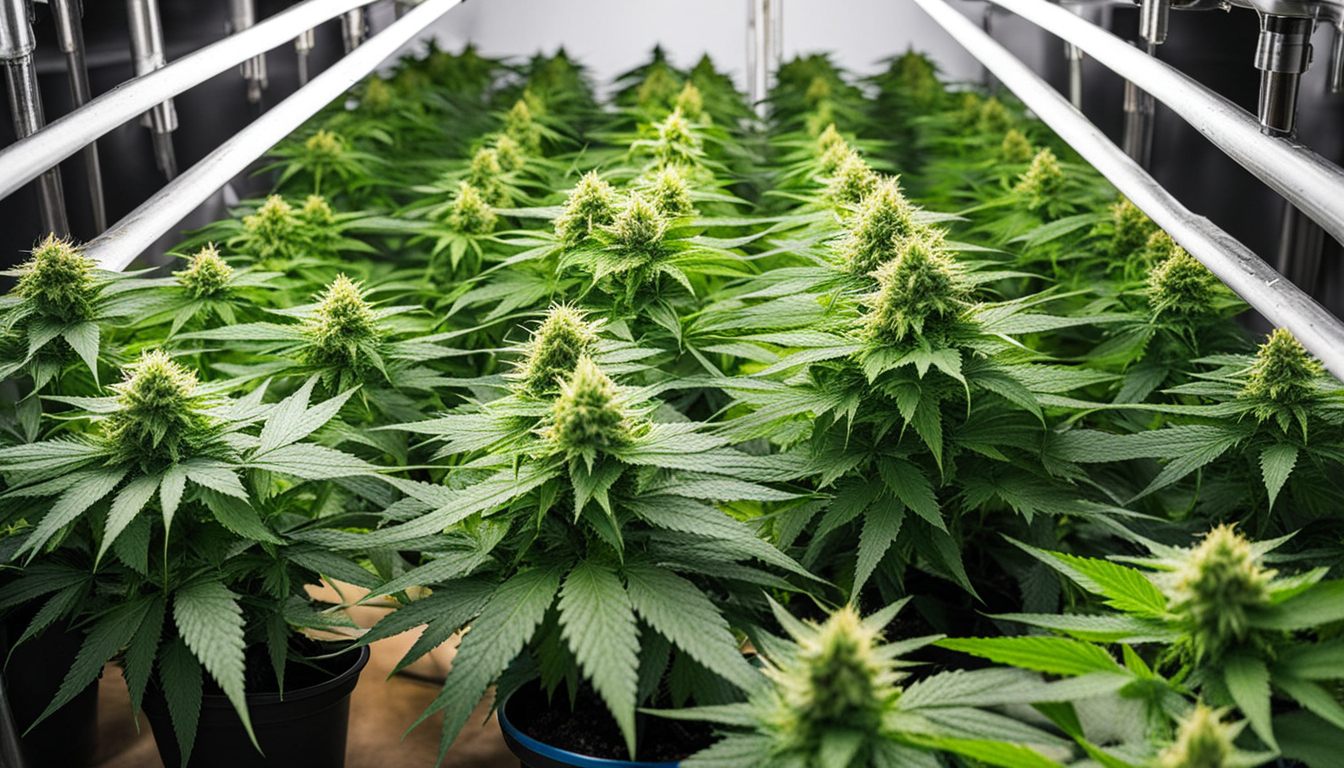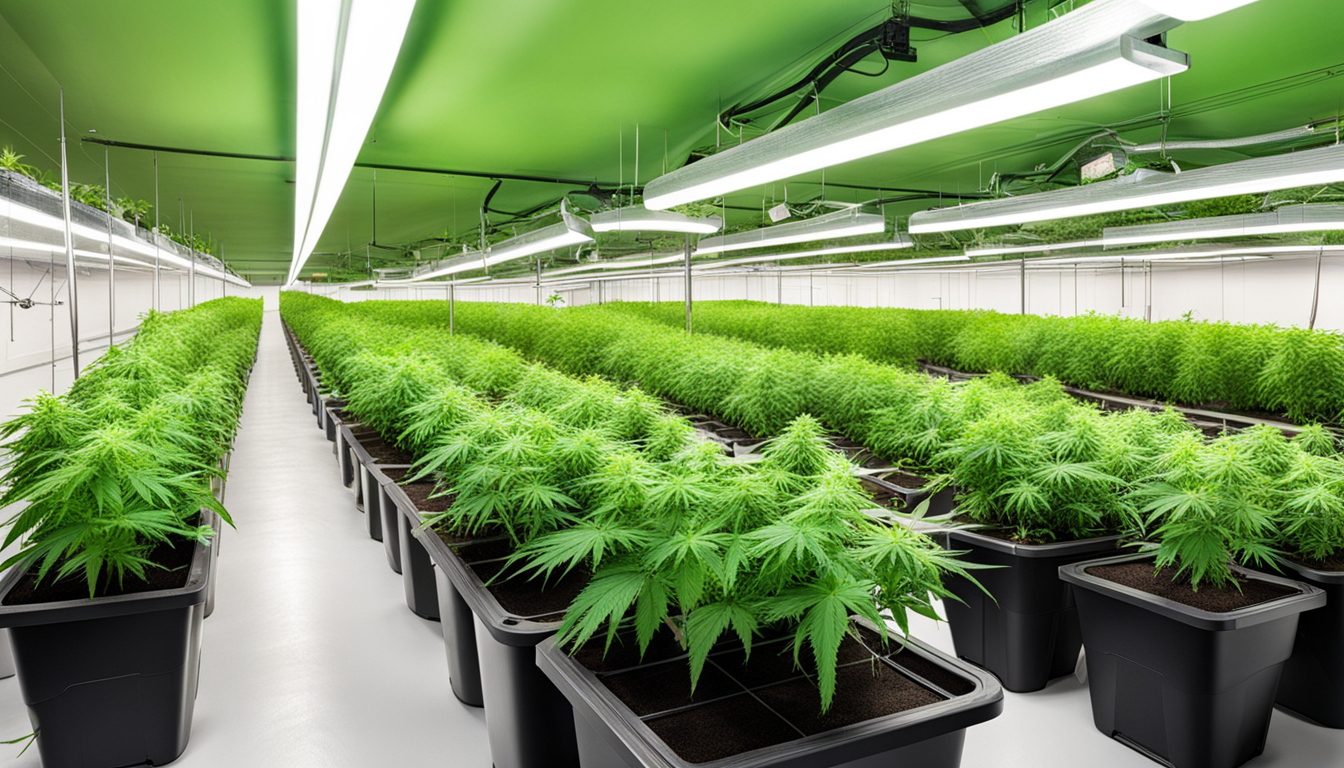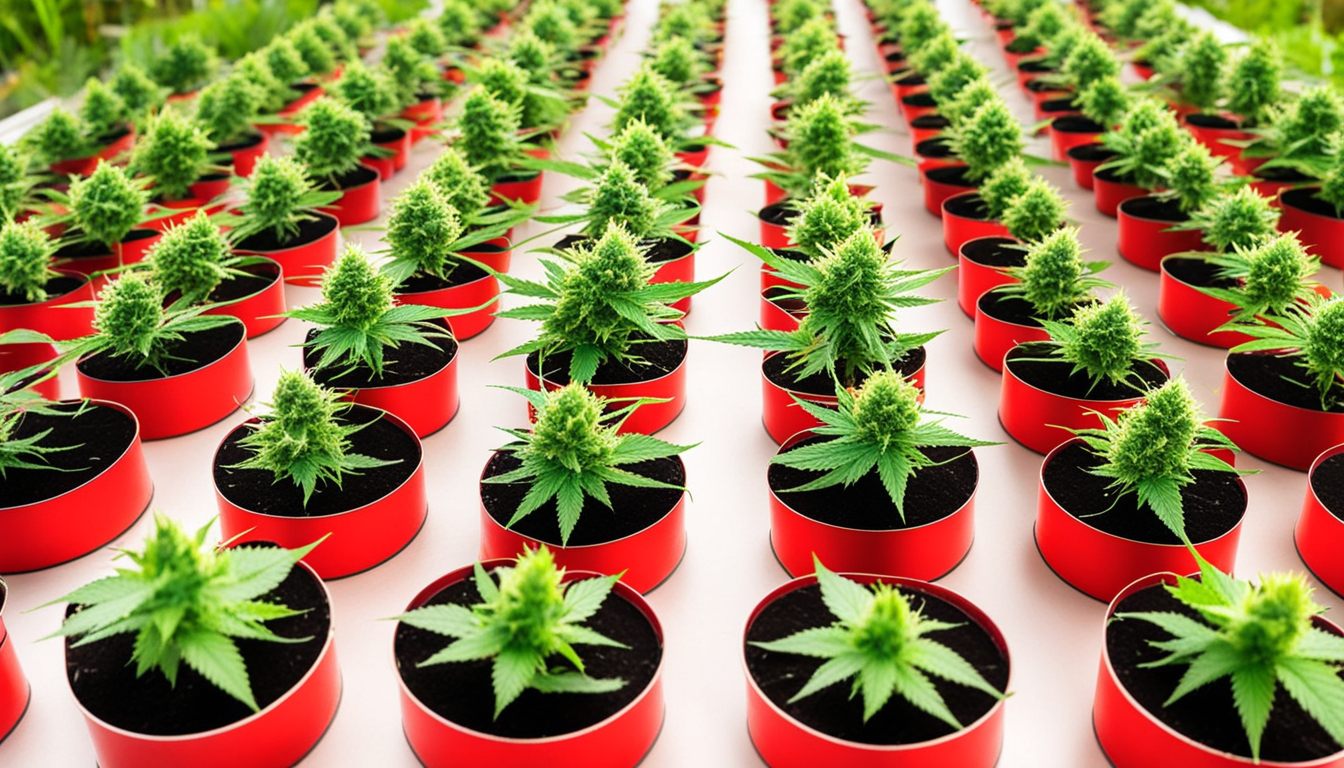
Whether you're new to cannabis cultivation or looking to improve your existing grow, following this complete guide will help you produce bountiful, high-quality yields right at home. With the right gear, methods, and care, growing cannabis indoors can be an extremely productive and cost-effective endeavor.
Choosing Pot Varieties
The first step in planning your indoor crop is picking the right cannabis cultivars to grow. The three main types of weed plants each have their own characteristics.
Energizing strains
Known for their uplifting intellectual effects, sativas grow tall and slender with narrow leaves. They flourish in warmer equatorial climates and have a longer blooming time between 10-12 weeks indoors. Top sativa varieties include Jack Herer, Durban Poison, Super Lemon Haze, and Jack Herer.
Relaxing strains
Indicas provide calming body-focused effects and grow short and bushy with broad leaves. Accustomed to cooler mountain climates, they flower faster within 2-2.25 months. Popular indica strains include Northern Lights, Bubba Kush, and Bubba Kush.
Mixed strains
Hybrid strains mix traits from both energizing strains and indicas. They offer blended effects and have medium flowering times around 9-10 weeks. Well-known mixes are OG Kush, Girl Scout Cookies, and Blue Dream.

Setting Up Your Cultivation Space
Weed plants need the right controlled environment to succeed. Key factors for indoor farms are lights, ventilation, layout, and finding the ideal discreet area.
Location
Choose an unused space with direct access to water and power outlets. An empty extra bedroom, unused closet, corner of the basement, or grow tent securely placed in a garage all make great stealthy cultivation room spots.
Lighting
Marijuana requires powerful light for all growth stages. LEDs are energy-efficient and come in full spectrum options replicating natural outdoor light. Provide 15-25 watts per sq. ft for the growth stage and 20-40 watts per sq. ft. for flowering.
Airflow
Proper airflow and exhaust systems maintain ideal temp, humidity, and fresh CO2 levels. Set up quiet 4-6 inch blowers or scrubbers to refresh old air and reduce odors.
Layout
Maximize your space by positioning plants strategically under the lights and allowing room to access and work around them. Set up separate zones for growth, bloom, drying, and propagation.

Cultivation Substrates
Pot can be cultivated in various mediums, each with pros and cons. Pick a suitable option for your specific setup and growing style.
Soil
The traditional substrate, soil is inexpensive and simple for new growers. It provides excellent taste but requires more watering and fertilizing to nourish plants. Amend soil with perlite or coco to enhance aeration.
Coconut coir
Made from coir, renewable coconut fiber holds water but still lets in air to the roots. It's more sterile and more predictable than soil. Use coco-specific nutrients to avoid calcium buildup.
Hydroponics
In hydro systems, plant roots grow directly in nutrient water solution. This allows rapid growth but needs close monitoring of water properties. Deep water culture and drip systems are common techniques.
Germinating Seeds
Germination activates your cannabis seeds to begin sprouting taproots. This readies them for transplanting into their cultivation medium.
Towel Method
Put seeds between wet paper towel and maintain Contact Us Today them moist. Check after 2-7 days for emerging taproots indicating germination is complete.
Planting directly
Insert seeds directly into pre-moistened growing medium 1⁄4 inch deep. Gently water and wait 7-14 days until seedlings break through the top.
Cubic rockwool
Presoak rockwool cubes in balanced water. Insert seeds 6mm deep into the cubes. Keep cubes wet until sprouts appear within a week to 2 weeks.
Repotting Young plants
Once germinated, marijuana young plants need to be repotted to prevent overcrowding. Move them into appropriately sized containers.
Ready Containers
Load large containers with cultivation medium enriched with slow-release nutrients. Allow containers to absorb water for 8-12 hours before repotting.
Gently repotting
Gently separate young roots from sprouting medium using a spade. Place into prepared pot at equal depth as before and lightly water in.
Vegetative Stage
The vegetative stage encourages foliage and plant form through 3/4 to full day of daily light intensity. This stage usually lasts 1-2 months.
Providing 18-24 Hours of Lighting
Use lamps on a 24 hour cycle or outdoor light to initiate constant photosynthesis. Lamp output influences size and internodal spacing.
Nutrients
Use grow stage nutrients richer in N. Make sure pH stays around 6.5 for full fertilizer absorption. Feed 1⁄4 to 1⁄2 concentration after 14 days and increase slowly.
LST and topping
Topping, low stress training, and trellising manipulate growth shapes for even canopies. This boosts yields.

Flowering Stage
The blooming stage develops buds as plants reveal their sex under a 12/12 cycle schedule. It lasts 2-3 months depending on variety.
Changing Light Schedule
Change grow lights to 12/12 or place outside for natural 12 hour cycle. This signals plants to begin flowering.
Flushing
Flushing flushes out nutrient salts to improve flavor. Fertilize lightly the first weeks then just use pH'd water the final 2 weeks.
Flushing
Maintain 12/12 light timing but flush using neutral pH water only. Resume clean watering if buds aren't mature after two weeks.
Reaping
Knowing when marijuana is fully ripe ensures peak cannabinoid content and aroma. Cut down plants at peak ripeness.
Identifying Ripeness
Look for fading pistils, swelling calyxes, and 10-15% cloudy trichs. Inspect buds across the plant as they won't all mature evenly.
Cutting Plants
Use sterilized, razor-sharp trimming scissors to carefully slice each plant at the base. Keep several inches of stalk attached.
Curing
Hang intact plants or colas upside down in a dark room with moderate temperature and humidity around 45-65% for 1-2 weeks.
Curing
Aging keeps drying while aging the buds like fine wine. This process mellows bitterness and further develops cannabinoid contents.
Curing containers
Trim cured buds from branches and place into glass jars, packing about 75% capacity. Use a hygrometer to measure jar moisture.
Opening jars daily
Open jars for a short time each day to slowly lower humidity. Rehydrate buds if RH drops below 55%.
Final Cure
After 14-21 days when moisture levels off around 55-65%, perform a final manicure and store long-term in sealed jars.
Troubleshooting
Even seasoned growers run into various weed plant problems. Detect problems soon and address them properly to maintain a strong garden.
Poor feeding
Chlorosis often signify insufficient nitrogen. Purpling stems and leaves show low phosphorus. Test pH and boost fertilizers gradually.
Pests
Spider mites, fungus gnats, thrips, and nematodes are frequent pot pests. Use organic sprays, ladybugs, and sticky traps for natural control.
Mold
Excessive moisture promotes botrytis and bud rot. Improve airflow and circulation while lowering humidity below 50% during flowering.

Summary
With this complete indoor marijuana cultivation guide, you now have the knowledge to grow plentiful strong buds for private grows. Follow these steps and techniques throughout the germination, growth, and bloom stages. Invest in quality equipment and closely check on your plants. In time, you'll be compensated with frosty aromatic buds you grew yourself under the patient guidance of your green hands. Good luck cultivating!